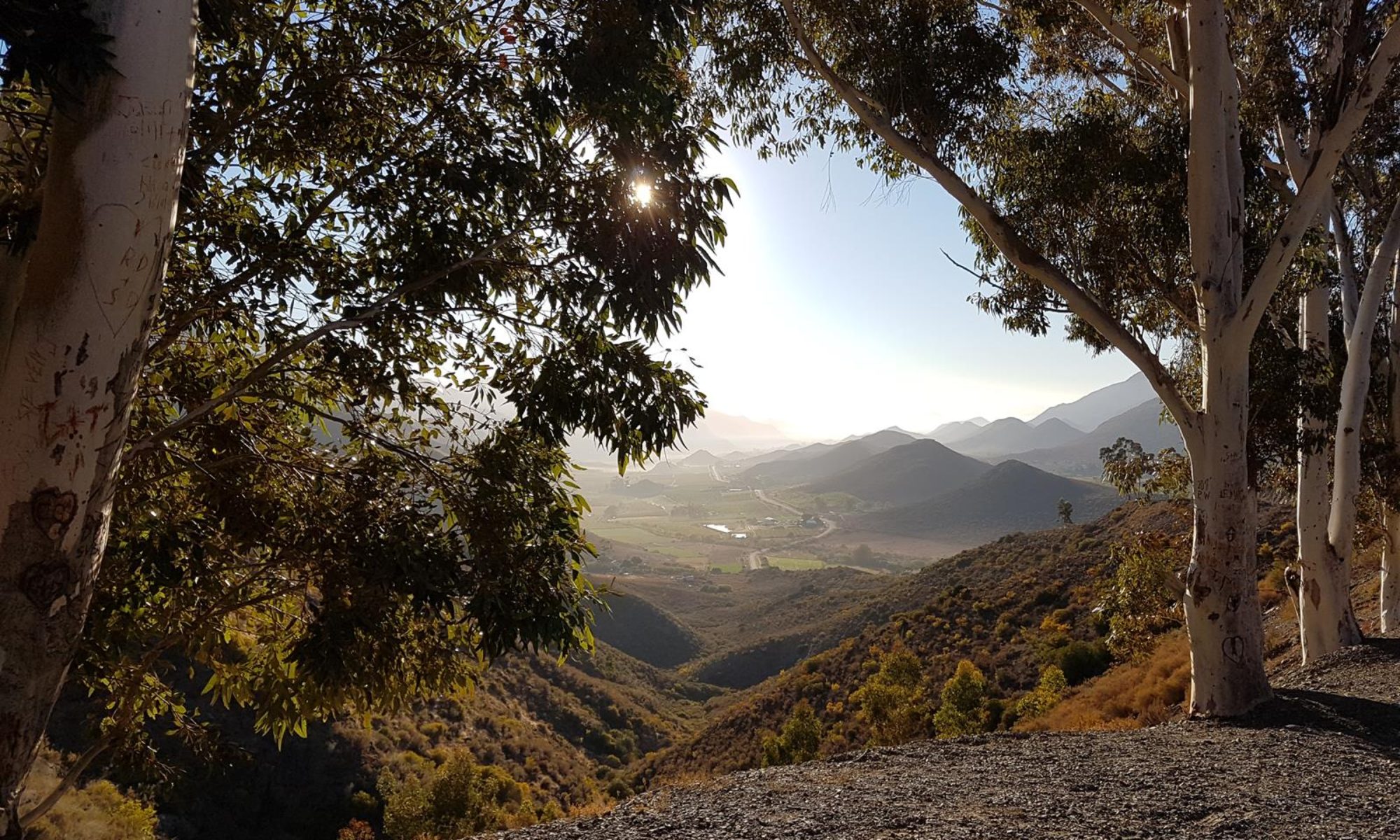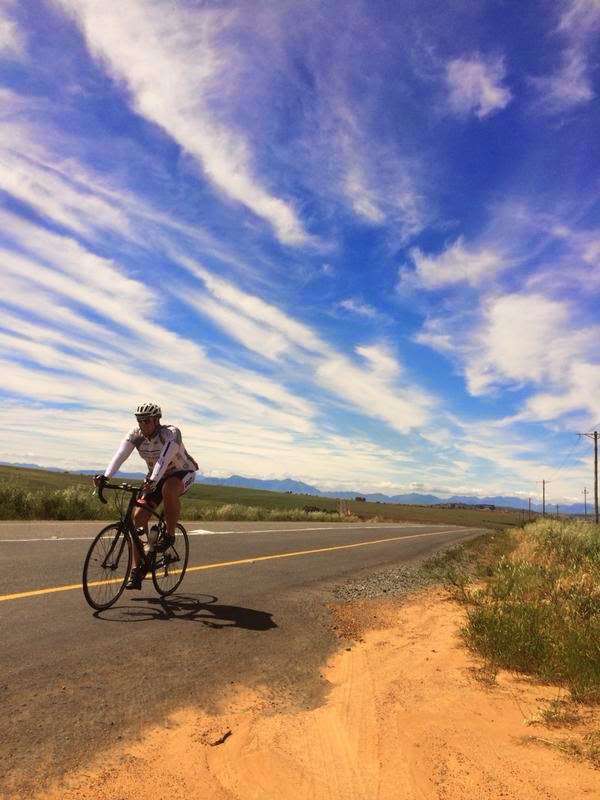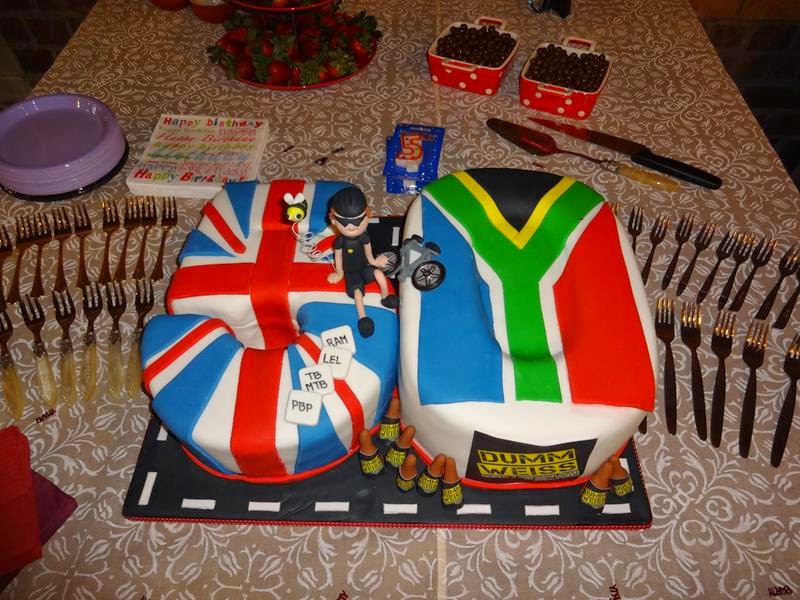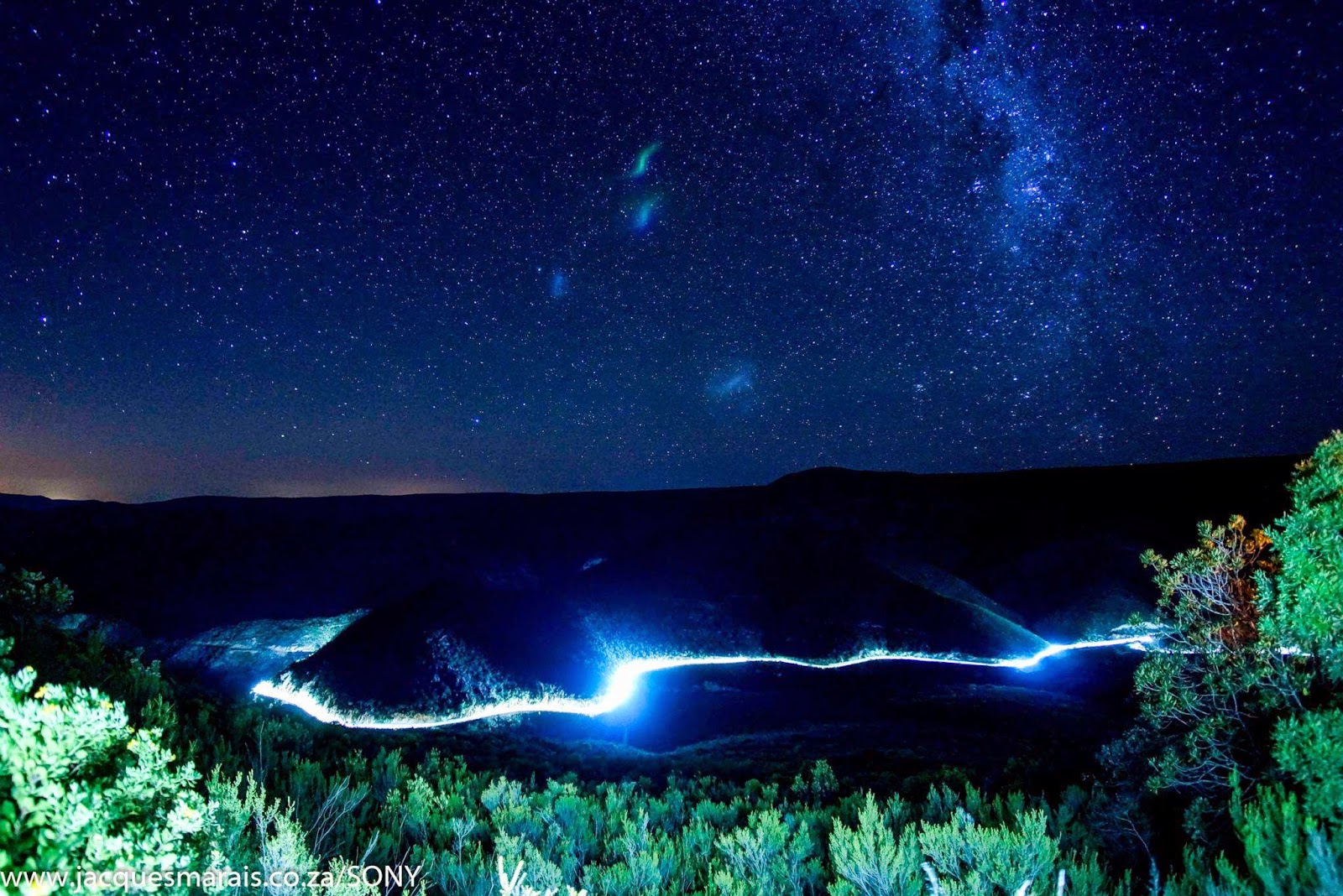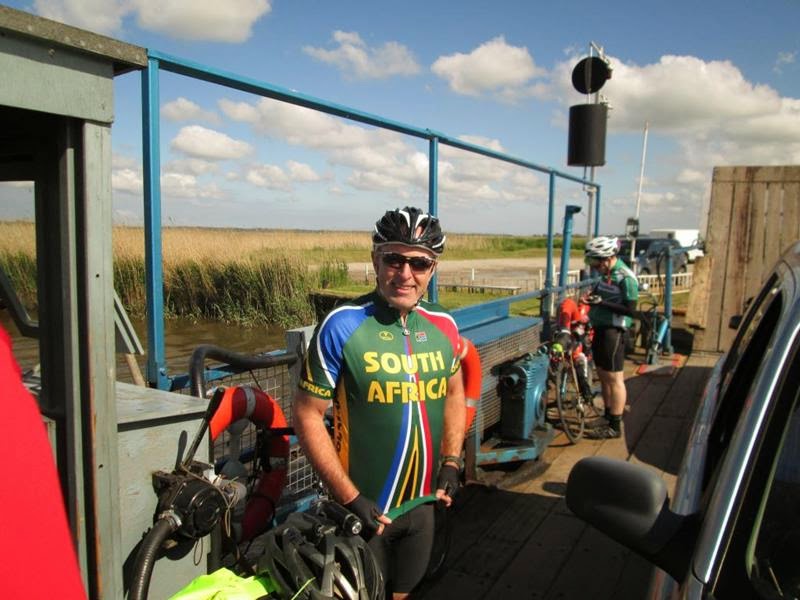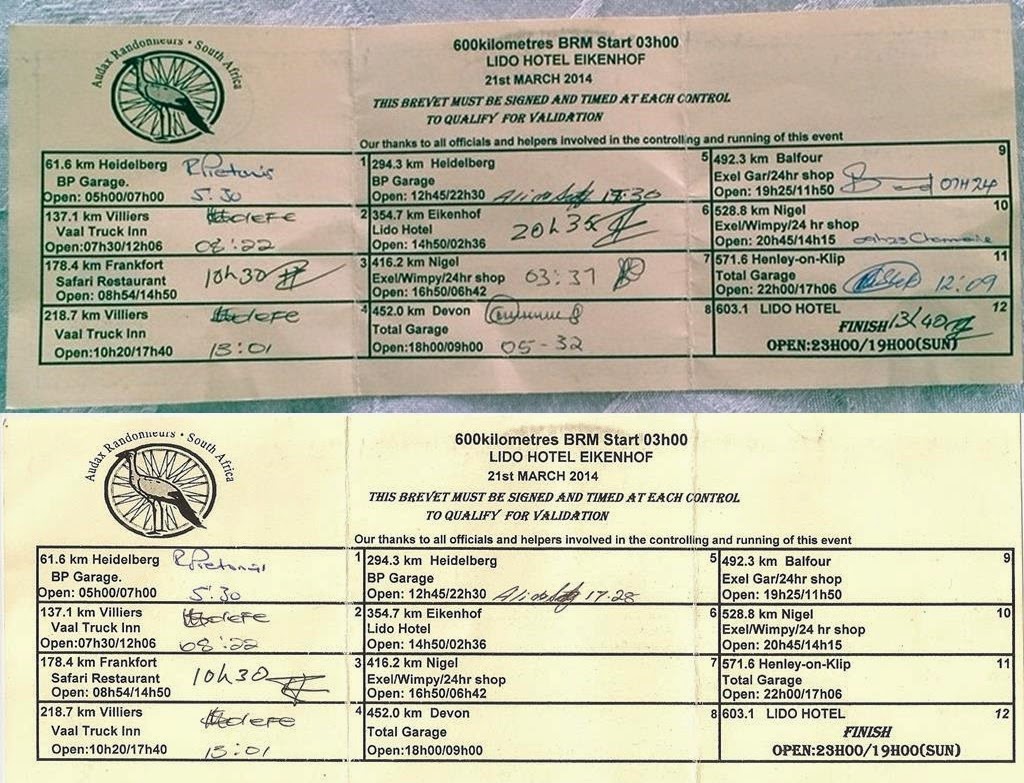I’ve been a little tardy in updating the blog of late. There are a couple of reasons for me getting behind. The first is that I’ve been heavily involved in planning our Cape SR Series. It’s actually been a lot of fun devising the routes, but also quite a lot more work than I’d have ever expected – Continue reading “Cape BRM 300”
Not riding 200km
After an unbroken run of entries sticking to the topic of cycling, I’m going to fail for the 2nd time in succession. I’m going to write about not riding. But at least in this case, the not riding part is still at least relevant to cycling. Continue reading “Not riding 200km”
Home
Before we get into this one an apology is needed, because I’ll be leaving the main route here for a short diversion. As will be obvious from the cake pictured left, this last week has seen the arrival of a fairly major life event for me. Like the Arrivee of a good audax, a landmark that at one stage seemed impossibly distant has come and gone. Not one measured in kilometres this time though but years, a haf century of them. Continue reading “Home”
Not quite an Athlete
For the rest of you, it’s an adventure …
“Just look back at the trailer every now and then to check all the bikes are still on“
And with those words from Laurence’s we pulled away from his drive, bikes, kit and team of five all loaded. Five because as well as riders, our team also included Laurence’s son, Thomas, who had volunteered as our team support driver. Or maybe he had been volunteered, either way he was an enthusiastic and welcome addition to the team. Continue reading “For the rest of you, it’s an adventure …”
A bit of a Monster
Somehow, throughout the whole year so far I’ve completely forgotten to even mention a ride that has established itself as one of my main objectives for the year. In fact it’s a significant bucket list ride in it’s own right too, making it’s omission from this journal an even greater oversight. So to avoid next week’s blog entry appearing totally out of context, and the whole story of how came into being remaining untold, it’s time for a rapid catchup.
Continue reading “A bit of a Monster”
Dusk Til Dawn
… aka East Anglia Isn’t Flat
It was around 9:30pm as I rolled out of the 4th control on the Asparagus & Strawberries 400. Wells Next The Sea had provided a warm fish and chip shop, a very welcome helping of pie and chips, and some stunning sunset views out over the mud flats to the North Sea beyond. Now, back on the bike, with 220km ridden, the long night time stretch across Thetford Chase lay ahead.
Job half done
My 5 year old son Ben loves those spot-the-difference quizzes you find in kid’s magazines. It wouldn’t take him long to tell you what was missing from the bottom brevet card on the right – it’s only half filled out. Sadly the incomplete brevet card is mine – above it is my good friend Henri’s, with a full set of signatures for the controls on the Joburg 600km audax ride.
Continue reading “Job half done”
A tale ot two Arguses
“I’ve just run my fastest ever 1.7km”
 Those were the few words Yolandi could manage to gasp at the end of Ben’s junior Argus ride on Saturday.
Those were the few words Yolandi could manage to gasp at the end of Ben’s junior Argus ride on Saturday.We needn’t have worried about him being nervous to ride with 700 young kids in the 4 to 5yr old group. Continue reading “A tale ot two Arguses”
‘Twas the night before Argus
There’s not a lot you’d expect to be able to say about a ride you’ve ridden six times previously and written at least a couple of blog posts about. But the truth is, every year is different. For a start, this year will be my son Ben’s first Cycle Tour – ok, at the age of 5 he’s still seven years away from riding his first full Argus. He does get to take part in his first Junior Cycle Tour this year though, and with no training wheels on his lovely 16″ bike either. A proud moment for both of us as parents.
As if that weren’t enough to take my focus off the main event, this year pretty much all of my thoughts and training have been working towards my first South African Audax – a 600km ride in Johannesburg that will hopefully serve as my PBP pre-qualifier. That’s assuming of course I can complete it. The first of my 200km training rides created some doubts, but the most recent one in February was much more reassuring, and more realistic with considerably less climbing as will be the case for the Joburg route. Even with the confidence though, comes the uncertainty of riding at altitude, on long featureless roads with little in the way of scenery to keep the mind fresh and alert.
Preparing for such a tough mental and physical endurance test has left the Argus to take care of itself as something of a routine ride this year – no real speed training, or even thoughts of attacking a personal best time. So I’ll be lining up and starting on Sunday without any real solid plan in mind. I’m not eager to plod slowly around and treat it as just a fun ride. Realistically though, I probably don’t have the pace in my legs at present to really attack it and race for a time. On the day, it’ll really come down to making it up as I go along – see what the weather and route conditions are in terms of bottlenecks and bunches, and judge as I go. In a way, that takes the pressure off, but of course that presumes I don’t care about my time at all. And that could never really be the case for an Argus. Having achieved a sub 4 once, it’d be a shame not to be able to do it again.
